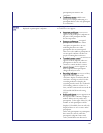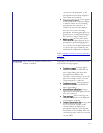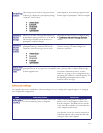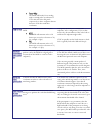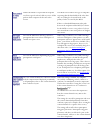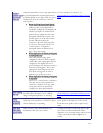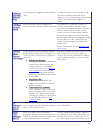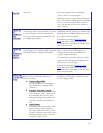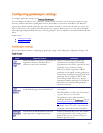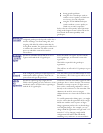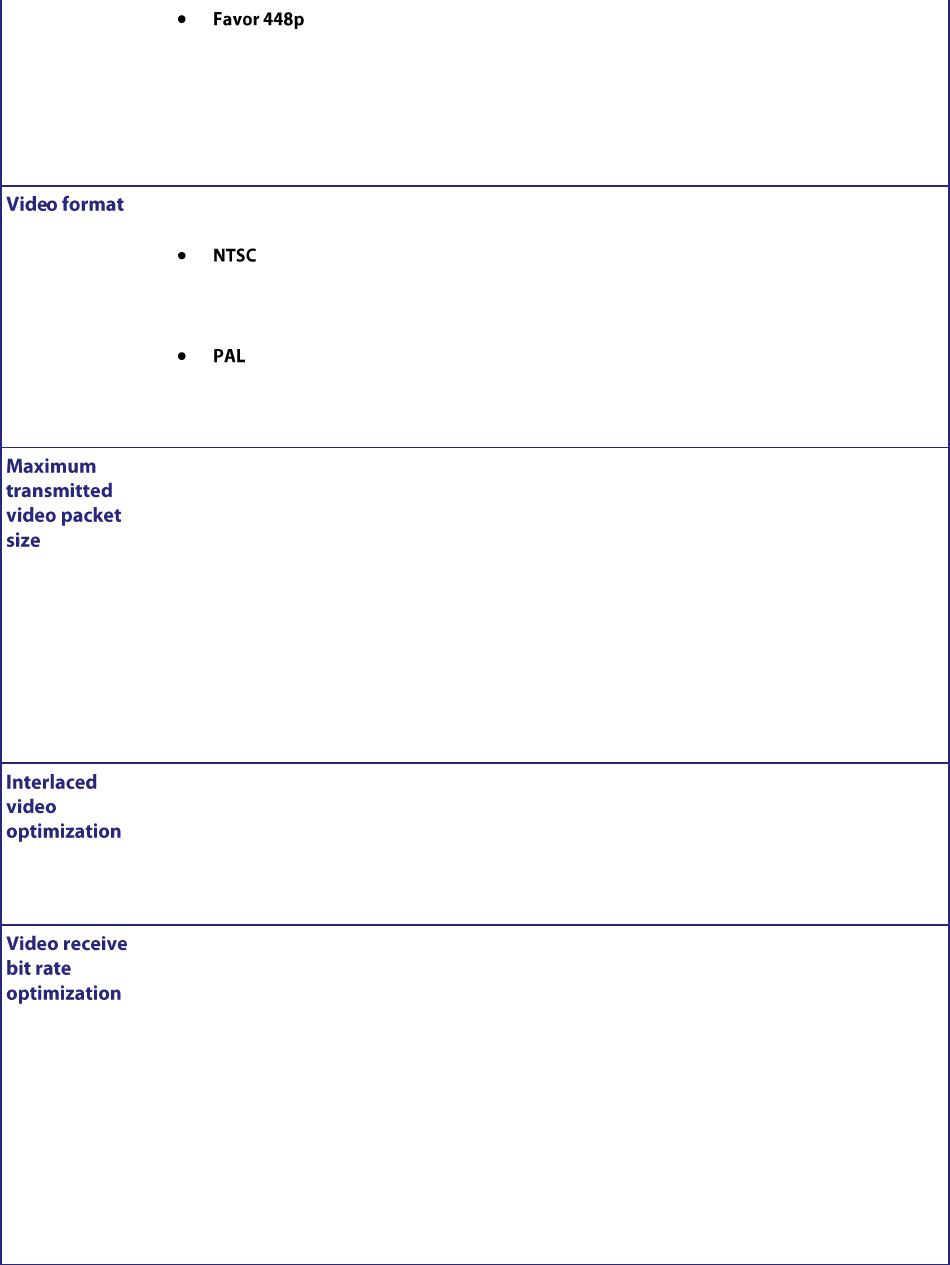
114
The MCU will heavily favor sending
448p or w448p video (resolutions of
576 x 448 and 768 x 448 pixels
respectively) to those endpoints that are
known to work best with these
resolutions.
Sets the format for video transmitted by the
MCU.
The MCU will transmit video at 30
frames per second (or a fraction of 30,
for example: 15fps)
The MCU will transmit video at 25
frames per second (or a fraction of 25,
for example: 12.5fps)
This option should be set to match your
endpoints' video configuration. If you set this
incorrectly, the smoothness of the video both to
and from the endpoints might suffer.
NTSC is typically used in North America, while
PAL is typically used in the UK and Europe.
Sets the maximum payload size (in bytes) of the
packets sent by the MCU for outgoing video
streams (from the MCU to connected video
endpoints).
Typically, you only need to set this value to
lower than the default (1400 bytes) if there was a
known packet size restriction in the path between
the MCU and potential connected endpoints.
Video streams generally contain packets of
different lengths. This parameter only sets the
maximum size of a transmitted network datagram.
The MCU optimally splits the video stream into
packets of this size or smaller. Thus, most
transmitted packets will not reach this maximum
size.
Controls whether the MCU restricts video
resolutions in order to reduce the effect of
interlacing artifacts.
You should only enable this option if you are
seeing video interlacing artifacts or on the advice
of Codian technical support. Note that all
resolution restrictions imposed by this setting
apply only to video being sent from endpoints to
the MCU.
Enables the MCU to send bandwidth control
messages to optimize the video bandwidth being
used.
The MCU can send these messages to endpoints
requesting that the bandwidth of the video that
they are sending be decreased or increased, up to
the maximum bandwidth of the channel.
If the participant is very prominent, then the
MCU will ask the endpoint to send video at a
high bandwidth. If the participant is not being
viewed at all (or only being viewed in very small
view panes), the MCU will request that the video
is sent at a lower rate to conserve network
bandwidth.







